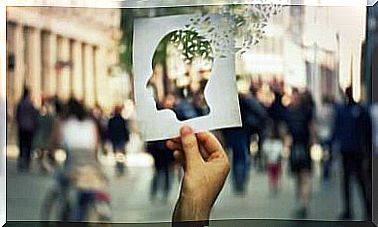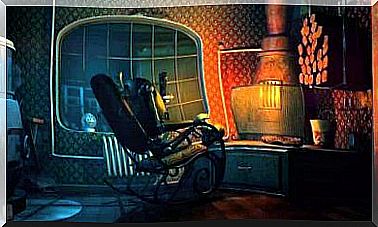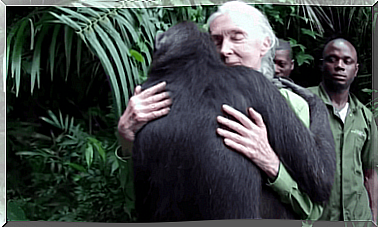Kohlberg’s Theory Of Moral Development

We have all developed our own non-transferable morals. We have values that not only separate “good” and “bad” in the abstract world, but also influence our behavior, our perceptions and thoughts. You could even say that sometimes they are internalized enough to guide our emotions.
On the other hand, we all have our own moral compass. Hence, it has always been difficult to establish a universal one. This preoccupied many philosophers and thinkers who took many perspectives on it. The Kantian perspective of morality is based on group utility. And there is also the utilitarian perspective, inspired by individual wellbeing.
But one of the most important and influential models that tries to explain the development of our morals is Kohlberg’s theory of moral development. The psychologist Lawrence Kohlberg wanted to move a step away from the content of morality and study its development. He didn’t care what was right or wrong. He only cared about how people got this idea of right or wrong. Through a variety of interviews and studies, he observed that children build up their morale with increasing age. As with other skills such as language or logic, there has been a clear development.
According to Kohlberg’s theory of moral development, moral development passes through three levels: pre-conventional, conventional and post-conventional. Each of these levels is divided into two levels. It is important to understand that we do not go through all stages. Nor do we all reach the final stage of development. In the following we explain each of these stages in detail.
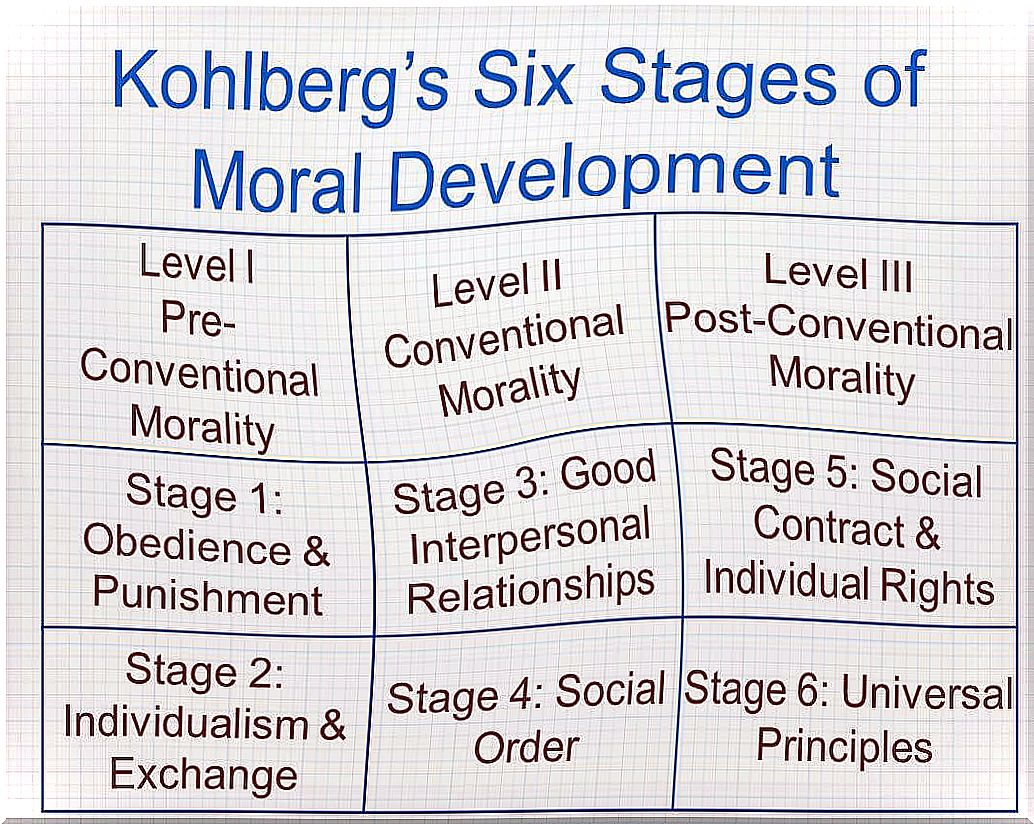
Kohlberg’s theory of moral development
1. Focused on punishment and obedience
This stage of Kohlberg’s theory of moral development is part of the pre-conventional level. Here we find that the individual delegates all moral responsibility to an authority. The rewards or penalties given by the person in authority indicate the criteria for what is right and what is wrong. For example, children may think that it is wrong not to do their homework just because their parents punish them for not doing it.
This mindset hinders the ability to accept the existence of moral dilemmas. Dilemmas are statements that have no morally clear answer. Because the point of view of authority formulates everything and the individual legitimizes it. This is the simplest stage of moral development. It does not consider the differences in interest or behavioral intent. The only relevant factors at this stage are the consequences: rewards or penalties.
2. Focused on individualism or hedonism
A new idea emerges in this second stage of Kohlberg’s theory of moral development. The idea is that interests vary from one individual to another. Although the criteria for deciding whether something is right or wrong still depend on the consequences of the actions, they are no longer shaped by others. Now the individual thinks that whatever is useful is right. In the same sense, anything that leads to loss or discomfort is wrong.
Despite the selfish perspective implied in Kohlberg’s theory of moral development at this stage, the individual occasionally thinks that it is okay to meet other people’s needs. But that only happens when there is a pragmatic reciprocity or guarantee. This means that if I do something for another person, that person must also do something for me. This phase is somewhat more complex than the previous one because the individual no longer delegates the construction of his or her morality to authority. However, the reasoning is still simple and selfish.
3. Focused on interpersonal relationships
The conventional phase of moral development begins here. The individual has to give up the characteristic egoism of the previous stage as he begins to have increasingly complex relationships. Now it is important to be included in a group. In turn, morality will revolve around this aspect.
It is the right thing for the individual at this stage to do what others like or help. Here the meaning lies in the good intentions behind the behaviors and the extent to which others approve of them. The definition of morality is based on being a “good person”; H. To be loyal, respectable, collaborative, and kind.
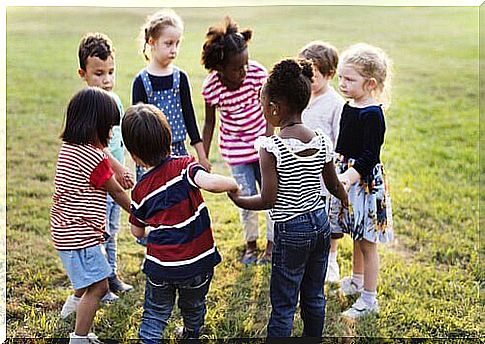
There is a very interesting test that can tell if children have reached this stage. The test is based on the assessment of two videos:
- A video shows a child playing a prank on someone (that child is performing a small but deliberate wrongdoing).
- Otherwise, another child causes greater damage, but this time unintentionally (e.g. stains on clothing or broken glass).
Children who have already included intention as a modulating variable in their moral judgments will say that the child who acted worst was the one who actually wanted to cause harm, even if the harm itself wasn’t that great. On the other hand, children who are still in the early stages of Kohlberg’s theory of moral development will say that the worst child is the one who caused the greatest harm, without taking into account that it happened unintentionally.
4. Focused on authority and maintaining social order
Individuals cease to look at morality on the basis of groups. Instead, they begin to look at them based on society. It no longer matters what the groups or people around them like. The criteria of what is good or bad depend on whether the behavior in question helps maintain social order or whether it hinders it. The most important thing in this phase is the stability of society and that there is no chaos in it.
Here we find people with deep respect for laws and authorities. They become important as they restrict individual freedom in favor of social order or general well-being. Morality goes beyond personal ties and relates to current legislation. You cannot disregard these laws in order to maintain social order.
5. Focused on the social contract
With this phase we enter the final, post-conventional stage of moral development. It is a stage that very few people reach in their lives. Here morality begins to be understood as a flexible and variable matter. There is good or bad for the individual because society has created a contract that defines the moral criteria.
People in this phase understand the reasoning behind the laws and criticize or defend them on that basis. In addition, these laws are not eternal to them and can be improved upon. For people or children in this phase , morality means voluntary participation in an accepted social system. It is better for everyone to have a social contract.
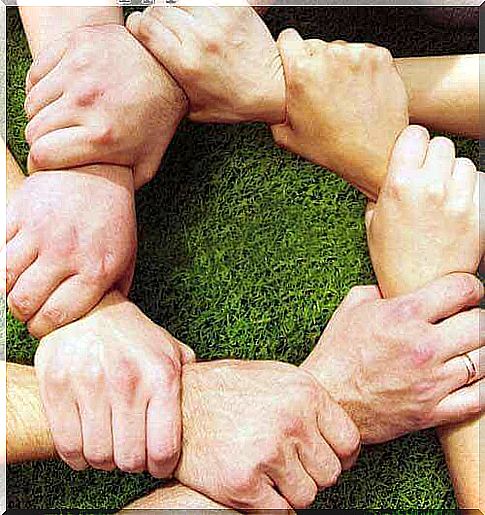
Focused on the universal ethical principle
This last stage of Kohlberg’s theory is the most complex of the entire development process. Now individuals are creating their own ethical principles. These are comprehensive, rational and universally applicable. These principles are abstract, difficult to explain values and go beyond the existing laws. People build their morals based on how they believe society should exist, not how society imposes it.
An important aspect of this phase is the universal applicability. Individuals apply the same criteria to others as they do to themselves. And they treat others as they would like to be treated … or at least they try. If that hadn’t happened, we’d be on a much simpler level that is more like individualism.
Now we know how morality develops in people according to Kohlberg’s theory of moral development. So now we have the opportunity to take a personal look: At what stage of moral development are we?

